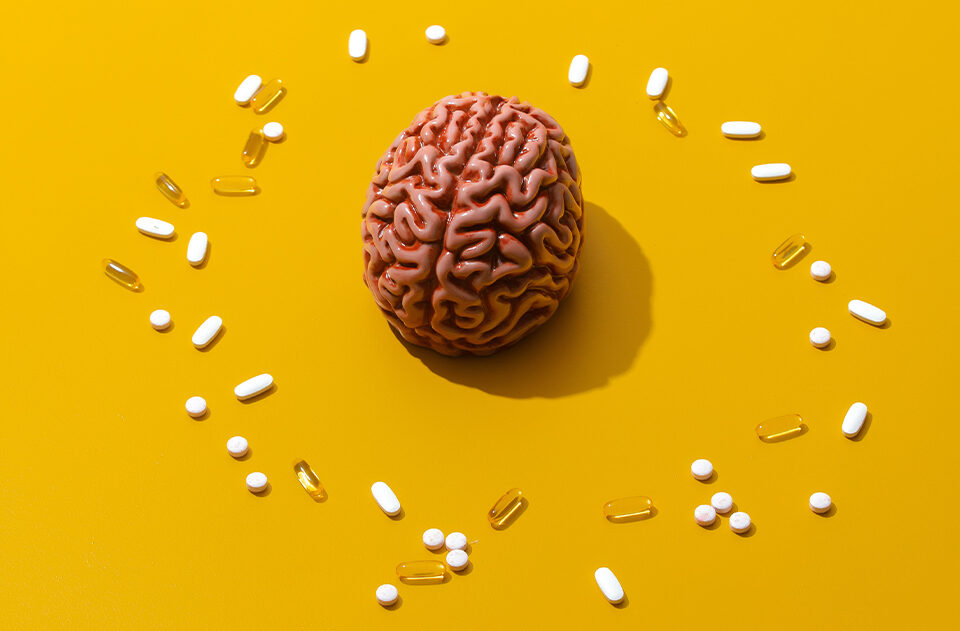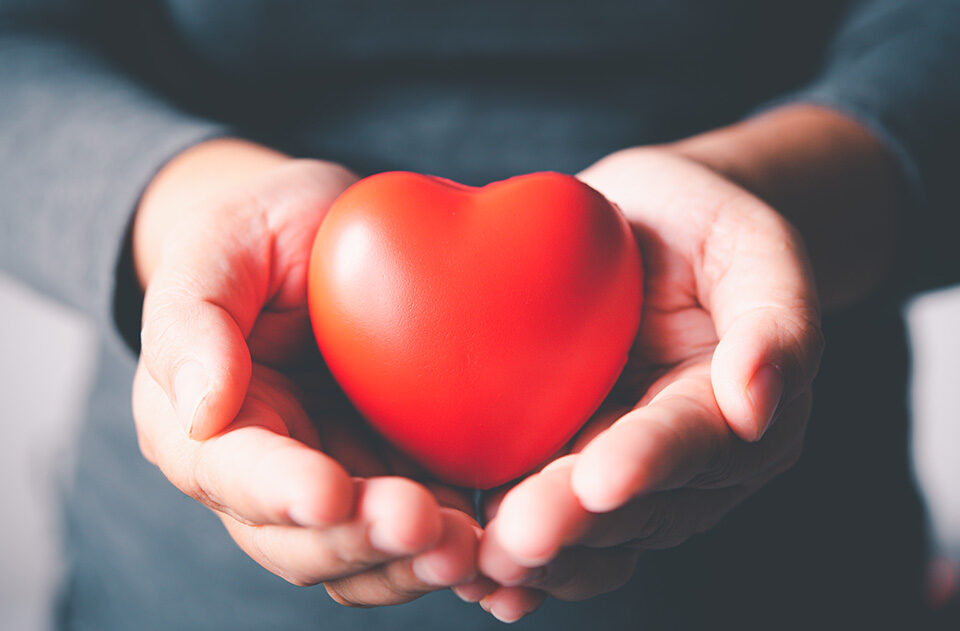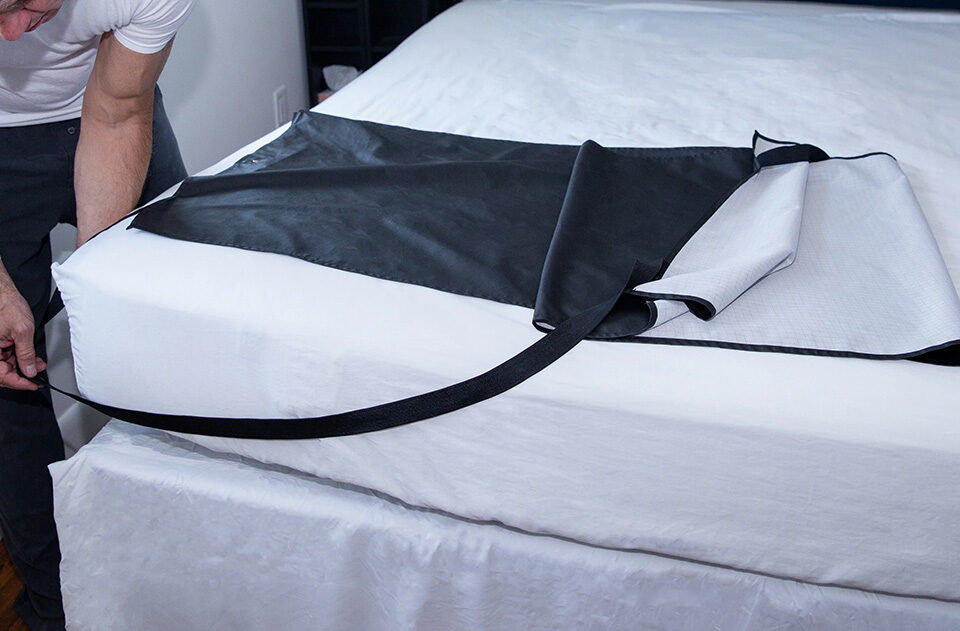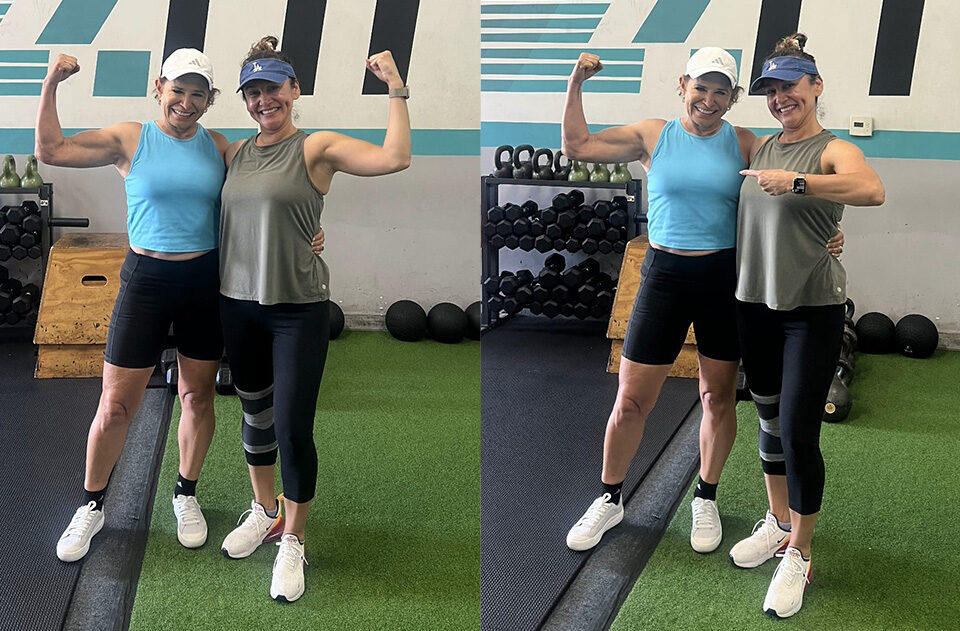Hidden Dangers in Your Kitchen: Toxins from Pans, Utensils, and Food Storage Containers
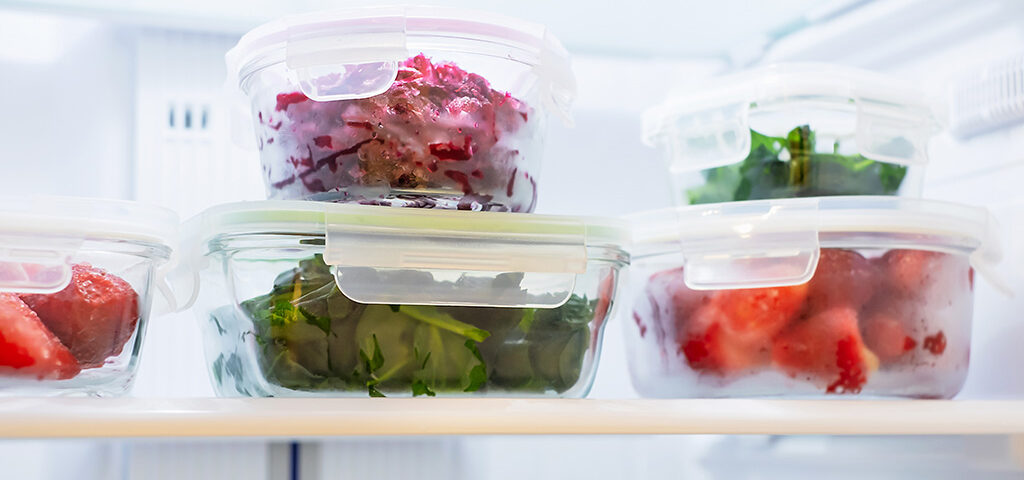
In today’s world, more people are prioritizing health and wellness, but one area that often gets overlooked is the kitchen. The materials used in our cookware, utensils, and food storage containers could be doing more harm than good. Everyday items like spatulas, takeout containers, and non-stick pans might be releasing harmful chemicals, including PFAS, microplastics, and toxic compounds, into the food we eat. So, are your cooking tools secretly harming your health?
What Are PFAS and Why Are They Harmful?
PFAS, or Per- and Polyfluoroalkyl Substances, are man-made chemicals used to make products resistant to heat, grease, and water. They’re commonly found in non-stick cookware, like Teflon pans, grease resistant paper (parchment/wax paper, fast food wrappers,etc) . While non-stick pans are convenient, the PFAS coating can break down over time, especially when exposed to high heat or scratches, releasing these harmful substances into your food or air.
Studies have linked PFAS exposure to a range of health issues, including hormonal imbalances, weakened immune systems, and even an increased risk of cancer. Since PFAS are known as “forever chemicals”—meaning they don’t break down easily in the environment or the human body—it’s worth considering safer alternatives for your kitchen.
The Problem with Black Plastic Utensils
Have you ever wondered why some utensils, like spatulas or mixing spoons, are black? These black plastic utensils are often made from recycled electronic plastics, which might contain harmful substances like BPA (Bisphenol A) or phthalates. These chemicals are known to disrupt hormones and can lead to long-term health issues, including developmental and reproductive problems.
Black plastic gets its color from recycled materials that may include toxic additives. Worse, when exposed to heat—like during cooking—these chemicals can leach into your food. To keep your meals safe, consider switching to eco-friendly utensils made from stainless steel, bamboo, or heat-resistant silicone.
Microplastics in Food Storage Containers
Plastic containers might seem like a convenient choice for storing leftovers, but they come with hidden risks. Over time, plastics can degrade and release microplastics—tiny particles that can end up in your food, especially if the containers are heated, scratched, or used to store acidic foods.
Once ingested, microplastics can accumulate in the body and potentially disrupt digestion, immunity, and other physiological processes. Beyond personal health, microplastics are a growing environmental concern. They pollute waterways, harm aquatic life, and even enter the food chain. To reduce these risks, opt for storage containers made of glass, stainless steel, or silicone, and avoid microwaving food in plastic.
Safe Cookware Alternatives
Choosing safer cookware not only protects your health but also helps the environment. Here are some non-toxic options to consider:
- Stainless Steel: Long-lasting, versatile, and non-toxic, stainless steel cookware is a solid choice for everyday cooking. Choose high-quality brands to prevent issues like corrosion.
- Cast Iron: Durable and naturally non-stick when seasoned properly, cast iron is a time-tested favorite that can last for generations.
- Ceramic: 100% ceramic cookware is free from toxic coatings and is perfect for slow cooking. Just make sure it’s certified lead-free.
- Glass: Great for baking and food storage, glass is a completely inert material that won’t leach chemicals into your food.
Here are some cookware brands that are often recommended for their non-toxic and environmentally friendly products. These brands focus on using materials like stainless steel, cast iron, ceramic, and glass, with many offering certifications to ensure safety. However, it’s always important to do your own research to determine what best fits your needs and preferences.
Suggested Safe Cookware Brands
- All-Clad
- Specializes in high-quality stainless steel cookware.
- Durable, non-reactive, and free of harmful coatings.
- Lodge
- Offers affordable and reliable cast iron cookware.
- Their pre-seasoned cast iron products are naturally non-stick and chemical-free.
- Le Creuset
- Known for high-quality enameled cast iron and ceramic cookware.
- Free from lead, cadmium, and other harmful substances.
- GreenPan
- Uses Thermolon ceramic coating, free from PFAS, PFOA, lead, and cadmium.
- A popular choice for eco-friendly, non-stick cookware.
- Xtrema
- Specializes in 100% ceramic cookware.
- Non-toxic and free of heavy metals, lead, and cadmium.
- Caraway
- Offers stylish ceramic-coated cookware that is PFOA- and PTFE-free.
- Promotes non-toxic and eco-friendly practices.
- Staub
- Produces high-end enameled cast iron cookware.
- Known for its durability and lead-free glaze.
- Pyrex
- Trusted for its glass bakeware and food storage solutions.
- Inert and safe for use in ovens and microwaves.
- Our Place
- Known for its versatile Always Pan, featuring a non-toxic ceramic coating.
- Designed with eco-friendliness and safety in mind.
- Cuisinart GreenGourmet
- Offers eco-friendly cookware with a ceramic-based, non-toxic coating.
- PFOA- and PTFE-free, ideal for health-conscious cooking.
What to Look For in Safe Cookware Brands
- Certifications: Look for labels like “PFOA-free,” “PTFE-free,” or “FDA-approved.”
- Materials: Prioritize stainless steel, cast iron, ceramic, and glass.
- Durability: Choose brands known for long-lasting products to reduce waste.
Practical Tips for a Safer Kitchen
Making your kitchen safer doesn’t have to happen all at once. Here are some tips to get started:
- Replace Gradually: As your budget allows, swap out toxic kitchenware for safer alternatives.
- Inspect Your Tools: Get rid of pans with flaking non-stick coatings and worn-out utensils.
- Choose Proper Storage: Use glass or stainless steel containers instead of plastic ones to reduce chemical exposure.
- Avoid High Heat: Keep plastic utensils and containers away from high temperatures to prevent harmful substances from sticking.
Frequently Asked Questions (FAQs)
Q: What are the health risks of PFAS? A: PFAS are linked to hormonal imbalances, immune suppression, and increased cancer risk.
Q: Are all plastics bad for food storage? A: Not necessarily, but choosing BPA-free and heat-resistant plastics or opting for alternatives like glass or stainless steel is a safer bet.
Q: How do I know if cookware is non-toxic? A: Look for certifications like “PFOA-free” or “FDA-approved,” and opt for materials like stainless steel, cast iron, or ceramic.
Conclusion
Your kitchen is the heart of your home, and the tools you use there can significantly impact your health and the environment. By choosing non-toxic cookware, utensils, and storage containers, you’re taking a proactive step toward a healthier lifestyle. Switching to safer options reduces your exposure to harmful chemicals like PFAS, microplastics, and toxins found in black plastic utensils. It also helps protect the planet by reducing waste and reliance on harmful materials.
Start small by gradually replacing worn-out or toxic items with safer alternatives. Pay attention to labels, certifications, and materials to ensure you’re making informed choices. Glass, stainless steel, cast iron, and ceramic are excellent options to prioritize for a safer and more sustainable kitchen.
Remember, every small change counts. Your efforts not only benefit your family’s health but also contribute to a healthier environment for future generations.
Take charge of your health and create a safer home—start with your kitchen today!

